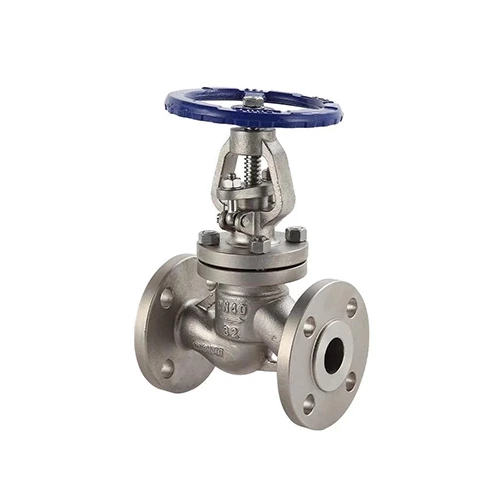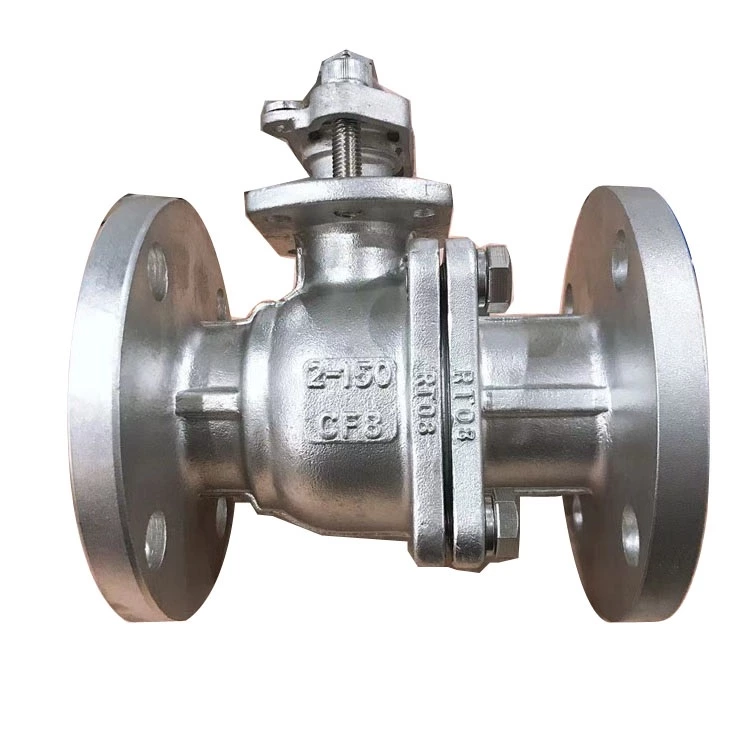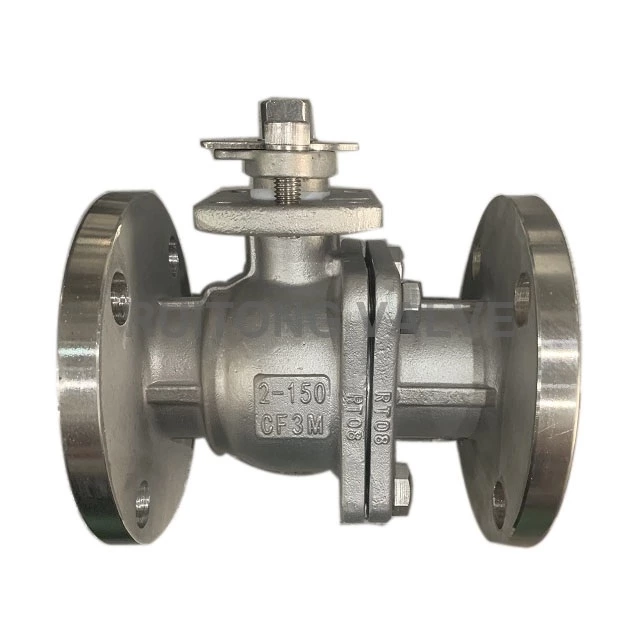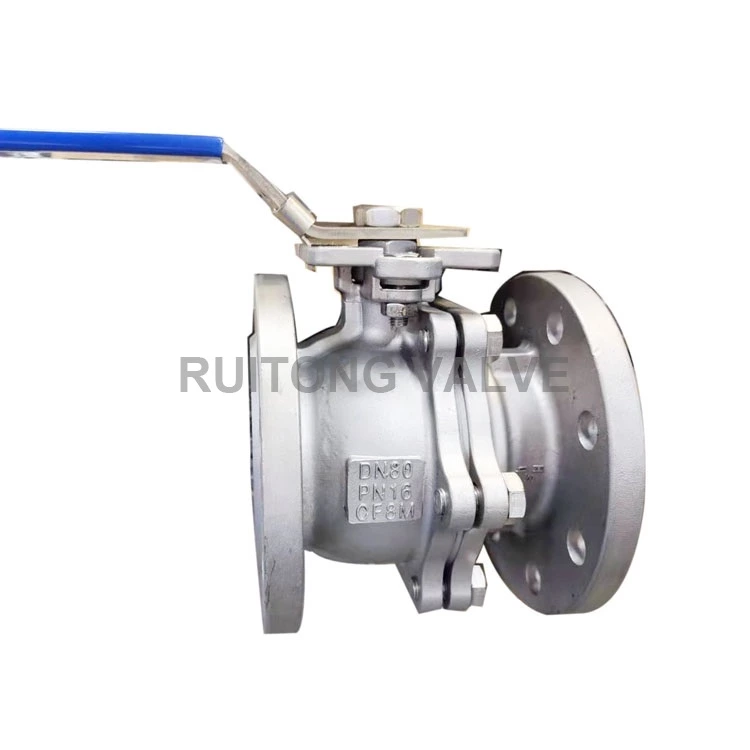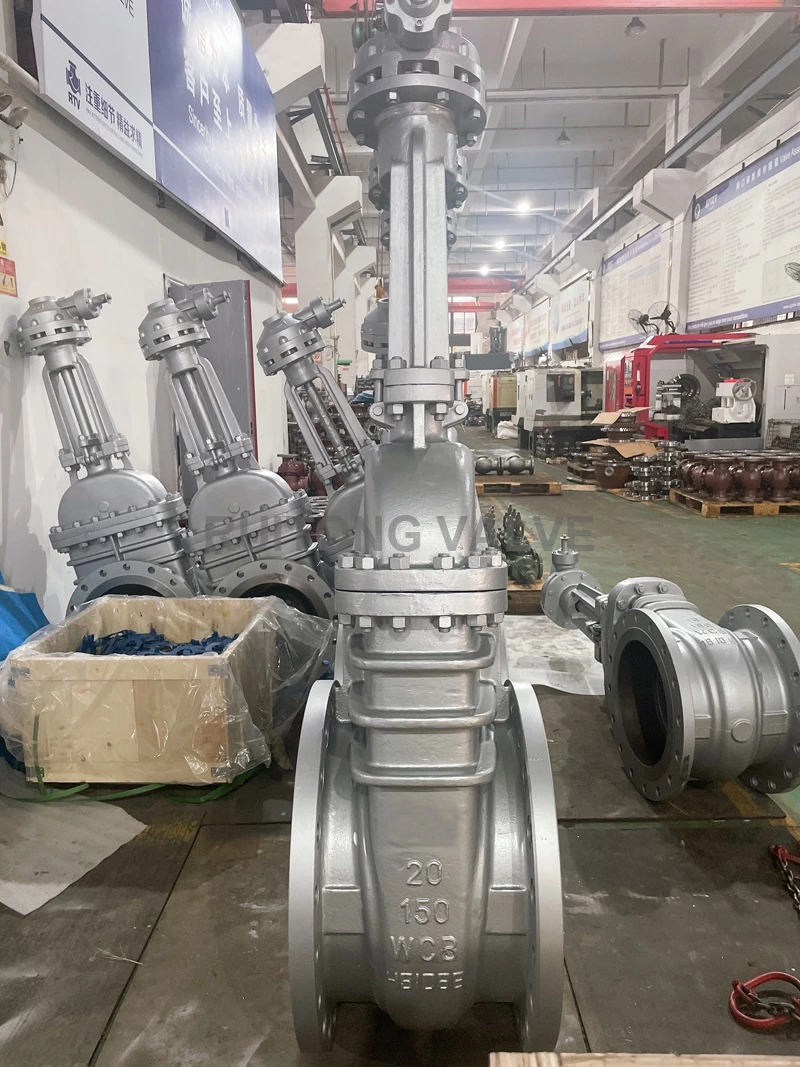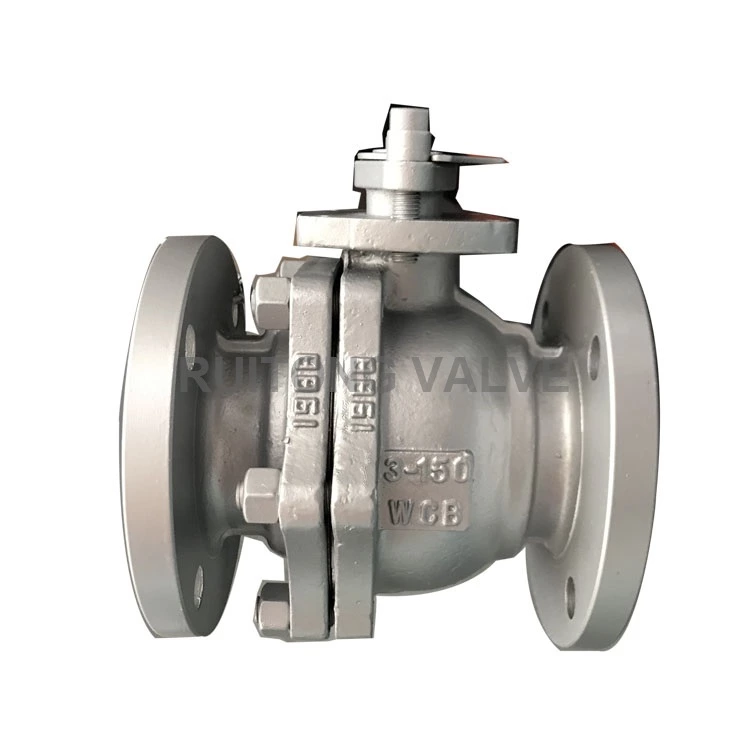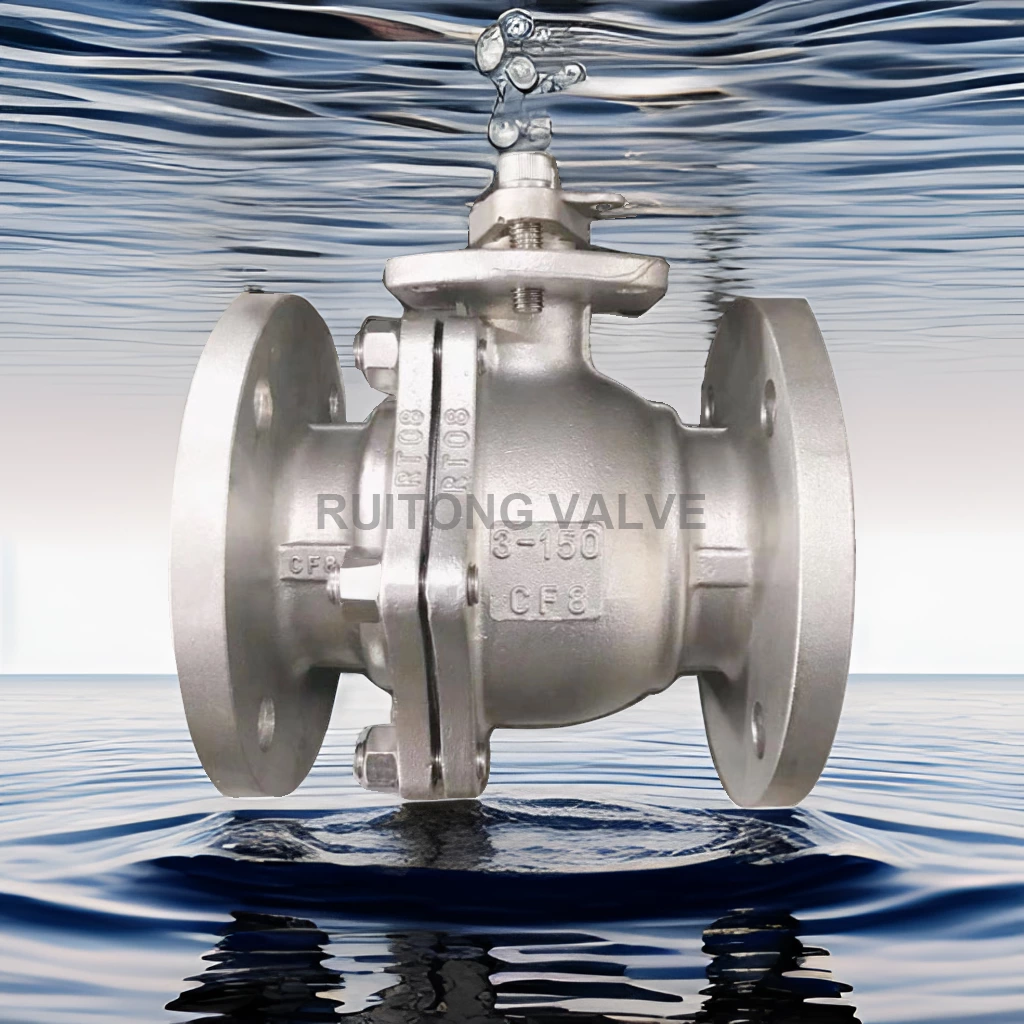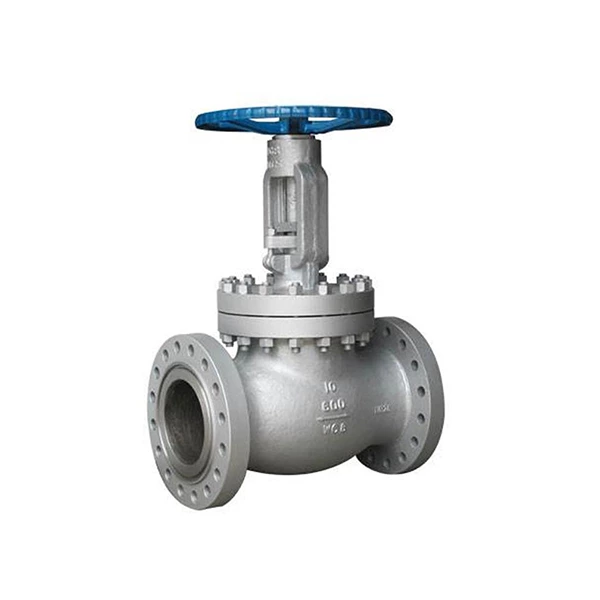What Are The Advantages Of Stainless Steel Stop Valve
Stainless steel stop valve is a kind of stop valve. The specific stainless steel materials include CF8 (304), CF3 (304L), CF8M (316), and CF3M (316L). Different materials can be used for various media such as water, steam, oil, nitric acid, acetic acid, oxidizing media, urea, etc.
Stainless steel stop valves are divided into manual stainless steel stop valves, pneumatic stainless steel stop valves, and electric stainless steel stop valves. The connection methods include general stop valves, threaded stainless steel stop valves, angle stainless steel stop valves, three-way stainless steel stop valves, direct current stainless steel stop valves, and insulated stainless steel stop valves. The most obvious advantage is that during the opening and closing process, the friction between the valve disc and the sealing surface of the valve body is smaller than that of the gate valve, so it is wear-resistant.
Stainless Globe Valve Supporting points:
(1) The structure is simpler than the gate valve, and it is easier to manufacture and maintain.
(2) The sealing surface is not easy to wear and scratch, and the sealing performance is good. There is no relative sliding between the valve disc and the sealing surface of the valve body during opening and closing, so the wear and scratch are not serious, the sealing performance is good, and the service life is long.
(3) When opening and closing, the valve disc stroke is small, so the height of the stop valve is smaller than that of the gate valve, but the structural length is longer than that of the gate valve.
(4) The opening and closing torque is large, the opening and closing is more laborious, and the opening and closing time is long.
(5) The fluid resistance is large, because the medium channel in the valve body is tortuous, the fluid resistance is large, and the power consumption is large.
(6) When the nominal pressure PN of the medium flow direction is ≤16MPa, the downstream is generally adopted, and the medium flows upward from the bottom of the valve disc; when the nominal pressure PN≥20MPa, the reverse flow is generally adopted, and the medium flows downward from the top of the valve disc. To increase the energy of the seal. When in use, the medium of the stop valve can only flow in one direction and cannot change the flow direction.
